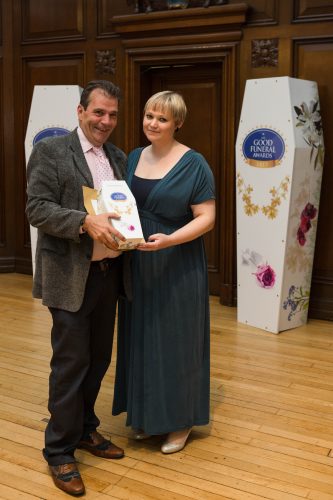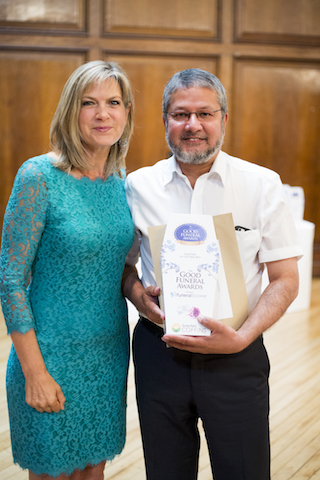
This category could so easily be about the best kept lawn cemetery, or the most attractive natural burial ground, but this year the judges were unanimously persuaded by the passion of the manager who entered for the award in choosing the winner.
Ultimately, it is the care and dedication of the people involved with a burial ground which gives it its character, and this entry demonstrates that even a small and relatively new site can shine when it is loved and cared for by someone who believes in it completely.
Here are the words that made this decision easy:
‘We are not the busiest of places yet, but our park is a reaching out to those made vulnerable through grief. I came here because I know the difference we can make, I know we can show the community here that you can have a good funeral, you can find a place that welcomes you back, that listens to you. We are not just about the funeral, we are about next week, next month, next year. Caring and supporting. When we lose that we become a cemetery.’
Winner: Heatherley Wood, Greenacres
Runner Up: Eden Valley Woodland Burial Ground
Award photograph by Jayne Lloyd
The 2017 Good Funeral Awards were generously sponsored by Greenfield Creations

